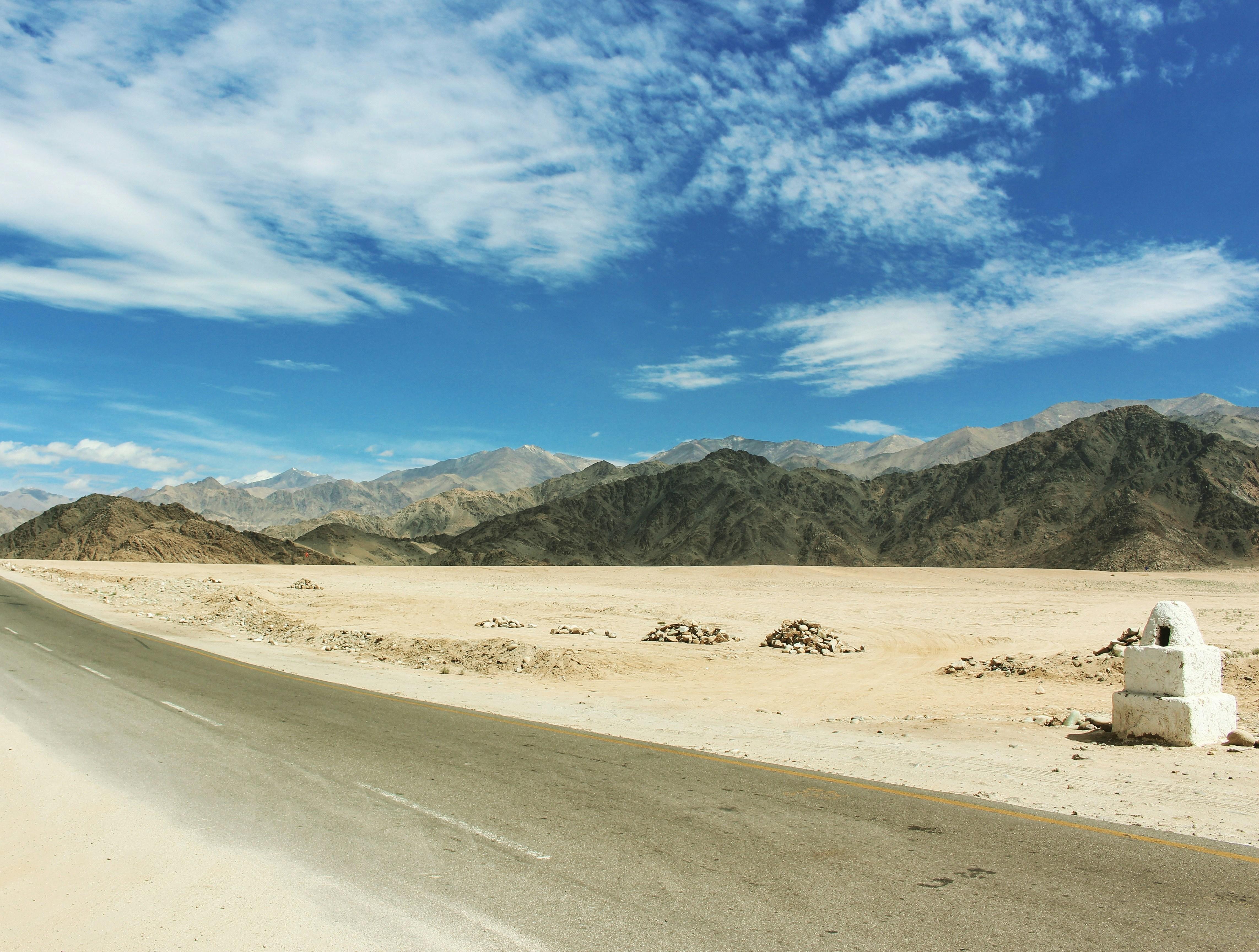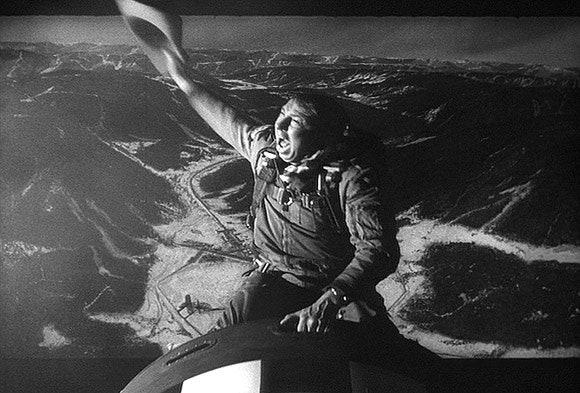In the vast, sun-bleached wasteland of modern cinema, where CGI-heavy blockbusters often blur into a cacophony of noise and spectacle, there emerges a film that stands as a beacon of raw, unrelenting brilliance—Mad Max: Fury Road. Released in 2015, this cinematic juggernaut roared onto screens like a V8 Interceptor across the desert, leaving audiences breathless and critics in awe. But what elevates this film beyond mere entertainment to the lofty status of a modern action masterpiece? Is it the visceral choreography of its high-octane chases, the stark beauty of its post-apocalyptic landscapes, or perhaps the powerful narrative of survival and redemption? As we delve into the depths of George Miller‘s visionary opus, we seek to unravel the elements that have carved Fury Road a permanent niche in the pantheon of great cinema, asserting with unwavering confidence that this is not just an action movie, but a transformative experience that redefines the genre itself.
Choreography of Chaos Analyzing the Kinetic Brilliance of Fury Road
In the frenetic dance of destruction that is Mad Max: Fury Road, director George Miller orchestrates a symphony of kinetic energy that is nothing short of mesmerizing. The film’s action sequences are a masterclass in controlled chaos, blending seamless choreography with breathtaking stunts to create a visual feast for the senses. Each frame pulsates with raw intensity, as if the very desert sands are electrified by the velocity of the chase. This kinetic brilliance is not just spectacle; it’s a meticulously crafted narrative tool that propels the story forward at breakneck speed.
- Fluidity of Movement: The film’s relentless pace is punctuated by the fluid motion of vehicles and characters, creating a continuous flow that keeps audiences on the edge of their seats.
- Practical Effects: Emphasizing real stunts over CGI, the tangible weight and danger of the action sequences enhance the authenticity of the chaotic ballet.
- Visual Composition: Every shot is composed with a painter’s eye, where the chaos is framed with precision, turning destruction into art.
The choreography of chaos in Fury Road is a testament to the film’s bold vision and its commitment to pushing the boundaries of what action cinema can achieve. This isn’t just action for action’s sake; it’s a visceral experience that immerses viewers in its world, making it a standout in the pantheon of modern action masterpieces.

A Symphony of Destruction How Sound and Score Elevate the Experience
In the chaotic dance of engines and explosions that is Mad Max: Fury Road, sound and score play pivotal roles in crafting an unforgettable sensory experience. The relentless thundering of engines, the crunch of metal on metal, and the haunting echoes of the wasteland combine to create a visceral symphony of destruction. Composer Tom Holkenborg, also known as Junkie XL, masterfully weaves these elements into a score that is both primal and sophisticated. His music amplifies the tension and exhilaration, making every chase feel like a relentless, heart-pounding journey.
- Dynamic Soundscapes: The film’s audio design is a character in itself, with layers of sound that immerse the audience in the desolate, high-octane world.
- Score as a Narrative Force: Junkie XL’s score doesn’t just accompany the action; it drives the narrative forward, enhancing the emotional depth of each scene.
- Innovative Use of Music: The soundtrack defies traditional boundaries, incorporating industrial sounds and intense rhythms that mirror the film’s frenetic pace.
These auditory elements work in concert with the stunning visuals to elevate Fury Road beyond a mere action film. They create a richly textured experience that stays with the viewer long after the dust has settled, cementing its status as a modern masterpiece in the action genre.

The Art of Practical Effects Fury Roads Commitment to Realism
The meticulous craftsmanship behind Mad Max: Fury Road shines through in its commitment to authenticity, setting it apart as a beacon of modern action cinema. Director George Miller’s decision to prioritize practical effects over CGI infuses the film with a visceral energy that resonates with audiences. The result is a breathtaking spectacle where the grit and grime of the desert are palpable, the roaring engines and explosive crashes feel alarmingly real, and the stunts are a testament to human daring.
Key elements of this dedication to realism include:
- Real Stunts: The film boasts a staggering number of practical stunts performed by skilled drivers and stunt performers, pushing the limits of what is physically possible.
- Custom-Built Vehicles: Each vehicle was meticulously designed and constructed, becoming characters in their own right, with unique personalities and functions.
- Authentic Locations: Filming in the harsh, unforgiving landscapes of the Namib Desert amplifies the sense of isolation and desperation integral to the film’s narrative.
These elements coalesce to create an immersive experience, proving that the art of practical effects remains a vital tool in crafting unforgettable cinematic moments. In an era where digital effects often overshadow tangible artistry, Fury Road stands as a testament to the power of realism in storytelling.
Character Depth in a Desert World Exploring Emotional Layers in the Chaos
In the barren wasteland of Mad Max: Fury Road, where survival is a day-to-day struggle, the film manages to craft characters with remarkable emotional depth. The chaotic, sand-swept landscape serves as a backdrop for a more profound exploration of human resilience and vulnerability. Furiosa, a warrior seeking redemption, is a figure of strength, yet her journey reveals a deeply personal quest for freedom and forgiveness. Similarly, Max, a drifter haunted by his past, embodies the internal conflict between survival instincts and the lingering hope for connection. Their stories interweave, creating a tapestry of emotional complexity that is rare in action cinema.
- Furiosa: A symbol of hope and defiance, struggling with her own haunted past.
- Max: A reluctant hero, driven by memories of loss and a desire for redemption.
- Nux: A zealot turned ally, his transformation highlights the power of belief and belonging.
These characters are not mere archetypes of the action genre; they are deeply human, each with their own emotional scars and aspirations. The film’s genius lies in its ability to convey these intricate layers through minimal dialogue and powerful visual storytelling, making it a standout piece in the realm of modern cinema. The narrative, though set in a desolate world, is rich with emotion and humanity, proving that even amidst chaos, profound stories of redemption and hope can emerge.









